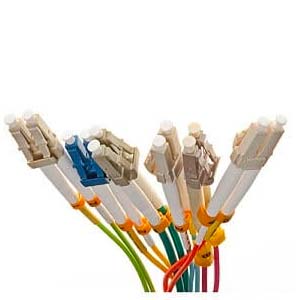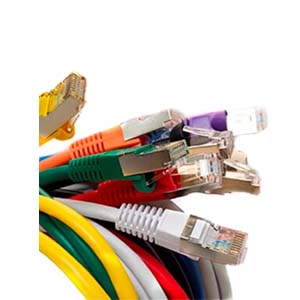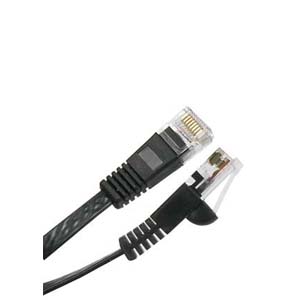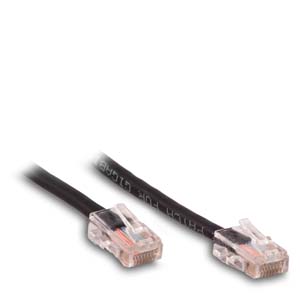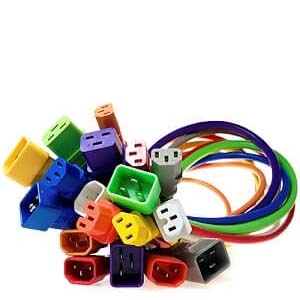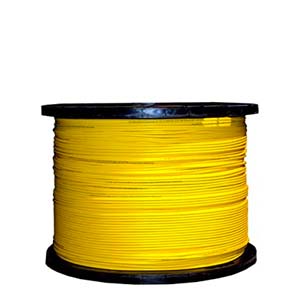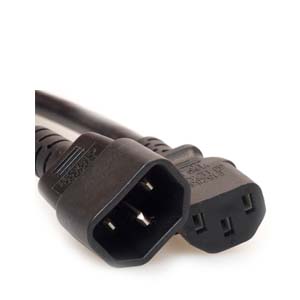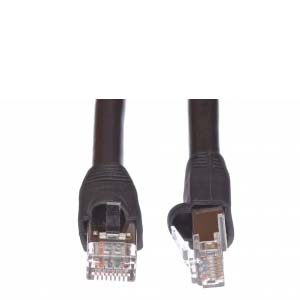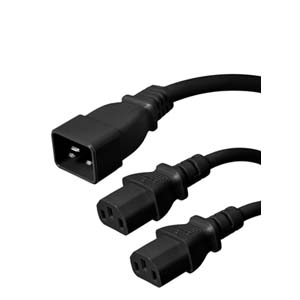Cables Blog
Ethernet vs. Patch Cables: What's the Difference
Ethernet is a protocol that describes how information travels through a cable. Patch cables are compatible with the type or category of ethernet cables over which the network runs.
by scot ranney • May 29, 2020
Network Patch Cables, Category 7 Ethernet Cables, Cat5e / Cat6 Cables, Cables.com, Patch Finder
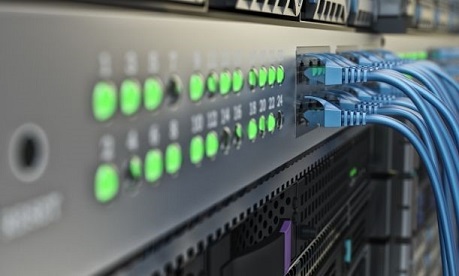
Ethernet Cables vs Patch Cables
Ethernet Cables
Ethernet is a protocol that describes how information travels through a cable. Ethernet cables are simply wires that comply with Ethernet protocols. These cables are made of copper or optical fiber. Patch cables are simply ethernet cables which have connectors at both ends. So, when comparing Ethernet cables vs. patch cables, what’s the difference? In addition to having connectors at both ends, patch cables are usually much shorter than standard Ethernet cables. Large networks with many devices, switches, routers, and “patch panels” use both long ethernet cables and shorter patch cables. Patch panels are a sort of network switchboard, with lots of ports for connecting devices to a network. These panels make it much easier to switch out or reconfigure certain devices without disturbing others. The short cords that connect devices to a network through a patch panel in a stack or network closet are called “patch cables.”


